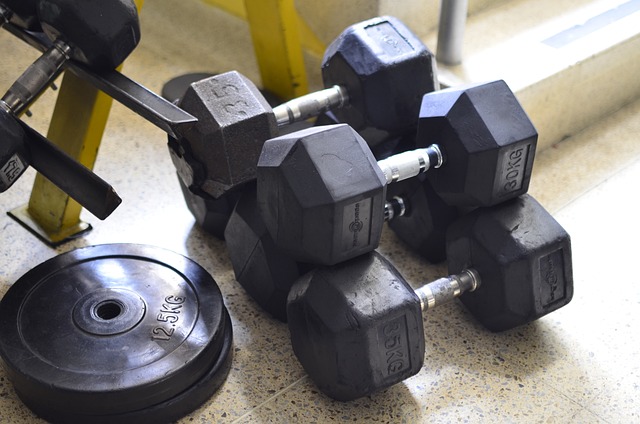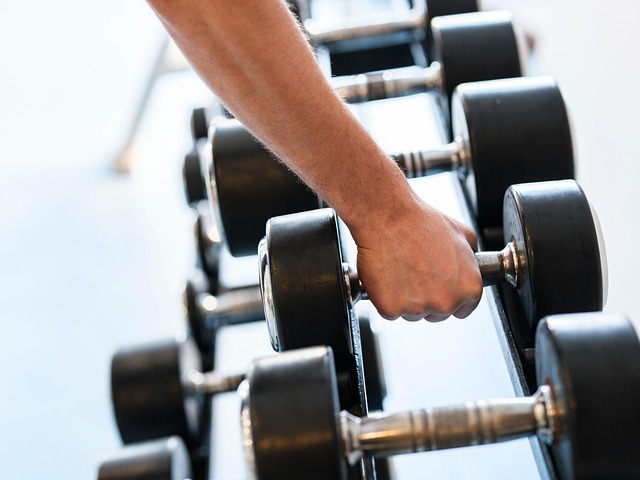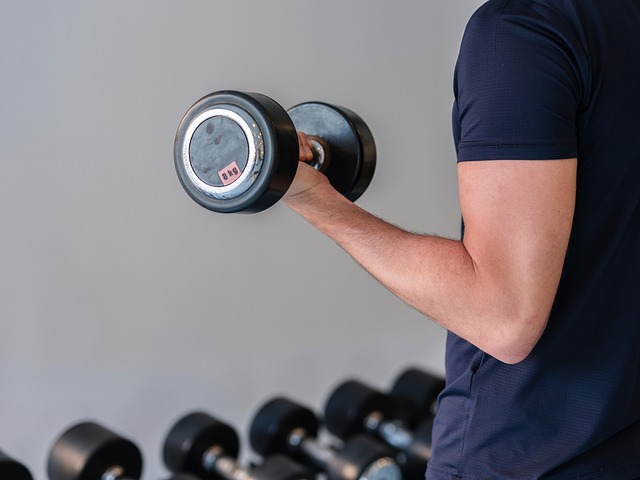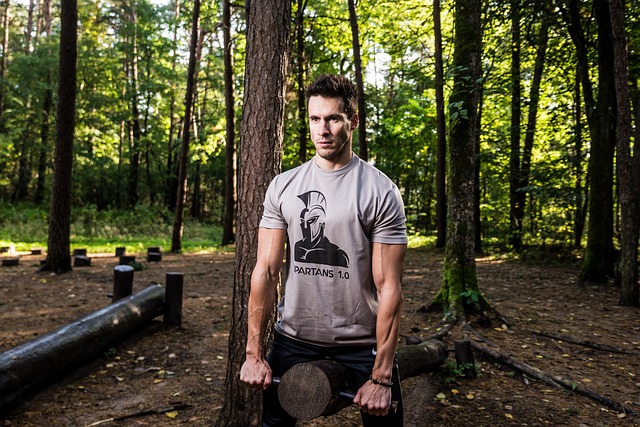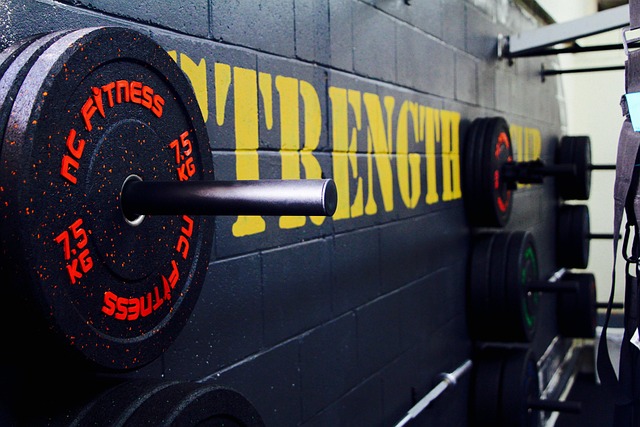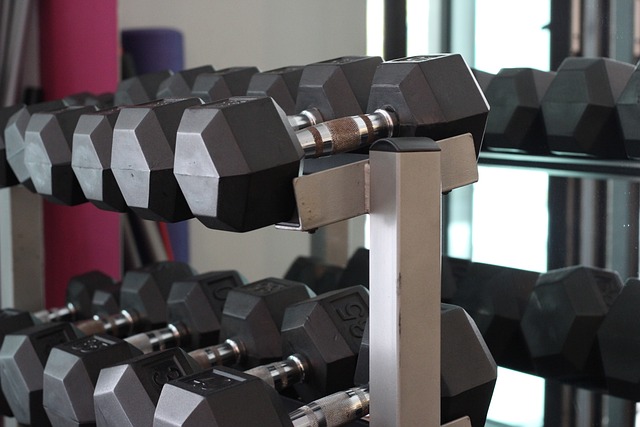When it comes to strength training, two of the most common goals are building power and increasing muscle size (hypertrophy). While both involve resistance training, they target different physiological adaptations and require distinct approaches in terms of exercise selection, intensity, volume, and tempo. Understanding the nuances between these two training modalities is essential for tailoring your workouts to meet specific fitness objectives. In this article, we’ll break down the differences between training for power and hypertrophy, explore their unique benefits, and provide practical tips for implementing each approach effectively.
What is Power Training?
Power is defined as the ability to exert maximal force in the shortest amount of time. It’s a product of both strength (force) and speed. Power training focuses on explosive movements that improve the rate at which muscles generate force. This type of training is particularly valuable for athletes who need quick bursts of energy, such as sprinters, jumpers, or martial artists, but it can also benefit anyone looking to enhance overall athleticism.
Key Characteristics of Power Training:
- Focus: Explosiveness and speed.
- Movements: Dynamic, fast-paced exercises like plyometrics, Olympic lifts, and medicine ball throws.
- Load: Moderate to light weights (30-60% of one-rep max) to allow for maximum velocity.
- Reps/Sets: Low repetitions (1-5 reps per set) with longer rest periods (2-5 minutes).
- Tempo: Emphasis on quick, explosive concentric (lifting) phases.
- Examples: Box jumps, kettlebell swings, clean and jerks, and clap push-ups.
Benefits of Power Training:
- Improves athletic performance by enhancing speed, agility, and reaction time.
- Increases neuromuscular coordination and motor unit recruitment.
- Boosts functional strength for real-world activities.
- Reduces the risk of injury by improving joint stability and movement efficiency.
Who Should Train for Power?
- Athletes in sports requiring explosive movements (e.g., basketball, soccer, track and field).
- Individuals aiming to improve overall athleticism and movement quality.
- Older adults seeking to maintain mobility and prevent falls.
What is Hypertrophy Training?
Hypertrophy refers to the growth of muscle tissue caused by an increase in the size of individual muscle fibers. This type of training is designed to maximize muscle mass through mechanical tension, metabolic stress, and muscle damage. Hypertrophy training is popular among bodybuilders, fitness enthusiasts, and anyone looking to build a more muscular physique.
Key Characteristics of Hypertrophy Training:
- Focus: Muscle growth and endurance.
- Movements: Controlled, multi-joint exercises targeting major muscle groups.
- Load: Moderate to heavy weights (65-85% of one-rep max).
- Reps/Sets: Moderate repetitions (8-12 reps per set) with moderate rest periods (60-90 seconds).
- Tempo: Slower, controlled movements with emphasis on both eccentric (lowering) and concentric (lifting) phases.
- Examples: Barbell squats, dumbbell bench presses, bicep curls, and lat pulldowns.
Benefits of Hypertrophy Training:
- Increases muscle size and definition.
- Enhances metabolic rate due to increased lean muscle mass.
- Improves muscular endurance and strength.
- Supports bone density and joint health.
Who Should Train for Hypertrophy?
- Bodybuilders and individuals focused on aesthetics.
- Those looking to gain muscle for improved physical appearance or functional strength.
- Beginners new to resistance training who want to build a foundation of muscle.
Key Differences Between Power and Hypertrophy Training
| Aspect | Power Training | Hypertrophy Training |
|---|---|---|
| Primary Goal | Maximize explosiveness and speed. | Increase muscle size and endurance. |
| Weight Used | Lighter loads (30-60% of 1RM). | Moderate to heavy loads (65-85% of 1RM). |
| Reps/Sets | 1-5 reps per set; fewer total sets. | 8-12 reps per set; higher total sets. |
| Rest Periods | Longer (2-5 minutes). | Shorter (60-90 seconds). |
| Tempo | Fast, explosive movements. | Slow, controlled movements. |
| Energy Systems | Phosphagen system (short bursts of energy). | Glycolytic system (moderate-duration efforts). |
| Muscle Adaptations | Improved neuromuscular efficiency. | Increased muscle fiber size. |
Can You Combine Power and Hypertrophy Training?
Yes, it’s possible—and often beneficial—to incorporate elements of both power and hypertrophy training into your routine. This hybrid approach allows you to develop strength, size, and explosiveness simultaneously. For example:
- Start your workout with power-focused exercises like box jumps or cleans to prime your nervous system.
- Follow up with hypertrophy-specific exercises like squats or rows to target muscle growth.
This combination works well for general fitness enthusiasts who want balanced development or athletes preparing for competition.
Sample Workouts
Power-Focused Workout
- Warm-up: 5-10 minutes of dynamic stretching or light cardio.
- Box Jumps: 4 sets of 3 reps (focus on height and explosiveness).
- Kettlebell Swings: 4 sets of 8 reps (drive hips forward explosively).
- Medicine Ball Throws: 3 sets of 5 reps (throw against a wall with maximum force).
- Rest: 2-3 minutes between sets.
- Cool-down: Stretching or foam rolling.
Hypertrophy-Focused Workout
- Warm-up: 5-10 minutes of dynamic stretching or light cardio.
- Barbell Squats: 4 sets of 10 reps (moderate weight, controlled tempo).
- Dumbbell Bench Press: 3 sets of 12 reps (focus on squeezing the chest).
- Bent-Over Rows: 3 sets of 10 reps (maintain strict form).
- Bicep Curls: 3 sets of 12 reps (slow eccentric phase).
- Rest: 60-90 seconds between sets.
- Cool-down: Stretching or yoga poses.
Tips for Success
- Prioritize Form: Both power and hypertrophy training require proper technique to avoid injury and maximize results.
- Progress Gradually: Increase weight, intensity, or complexity over time to continually challenge your body.
- Tailor to Your Goals: Decide whether you’re primarily training for aesthetics (hypertrophy), performance (power), or a mix of both.
- Fuel Your Body: Ensure adequate protein intake to support muscle repair and growth, especially for hypertrophy training.
- Allow Recovery: Give your muscles enough time to recover between sessions to prevent overtraining.
